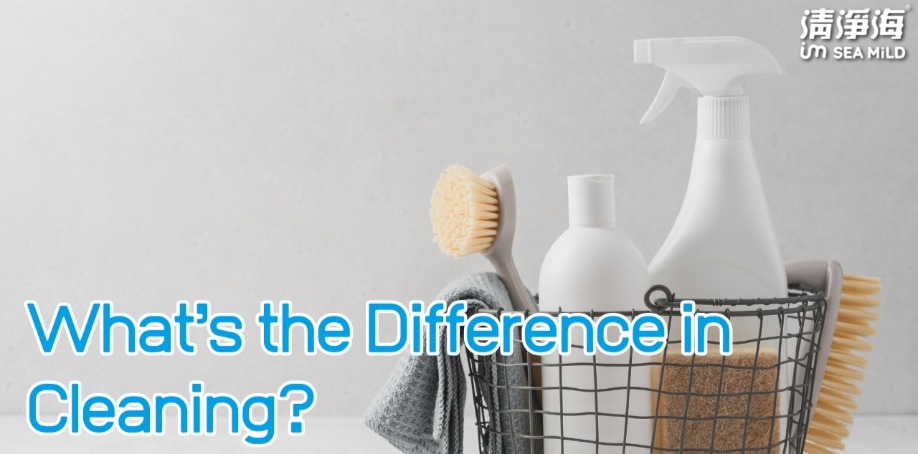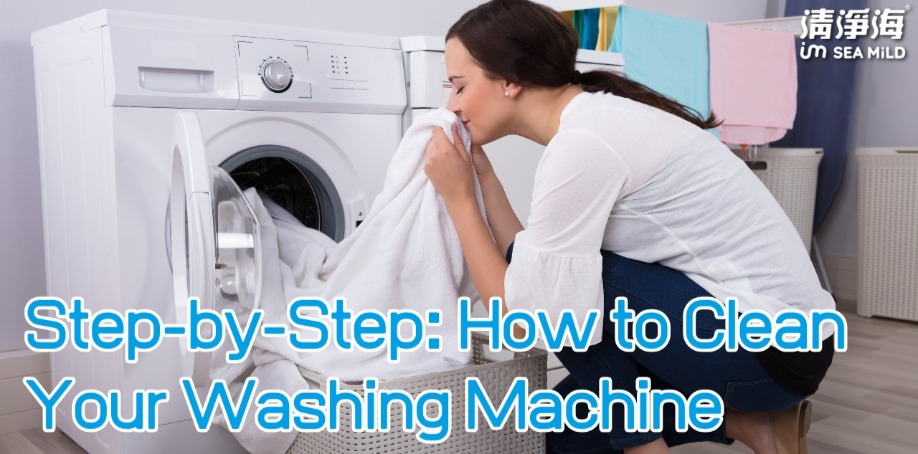
How to Clean Your Washing Machine Drum: A Complete Guide for Front-Load & Top-Load Washers
A clean washing machine is essential for clean clothes — but many people don’t realize that the inside of the washer can accumulate dirt, detergent film, mold, and odors over time.
Whether you use a front-load or top-load washing machine, keeping the drum clean is the key to preventing musty smells, dull laundry, and bacterial buildup.In this guide, you’ll learn why your washer needs regular cleaning, how often to clean it, the best cleaning methods, and the easiest way to keep both front-load and top-load machines fresh and odor-free.
Contents(TOC)
- Why You Need to Clean Your Washing Machine Drum
- Signs Your Washer Needs Cleaning
- Front-Load vs. Top-Load: What’s the Difference in Cleaning?
- Best Methods to Clean Your Washing Machine
- Step-by-Step: How to Clean Your Washing Machine
- How Often Should You Clean Your Washer?
- Final Tips for Keeping Your Washer Fresh
- FAQ: Washing Machine Cleaning

Why You Need to Clean Your Washing Machine Drum
Washing machines handle the dirtiest items in your home — sweat, body oils, detergent residue, fabric fibers, mud, and everyday bacteria. Over time, these contaminants stick to the drum, internal pipes, and seals.
If the washer isn’t cleaned regularly, several problems follow:
1. Lingering Odors
Moisture inside the washer can mix with detergent residue and grow mold and mildew, leading to a musty smell that transfers to clothing.
2. Residue on Clothes
If your clothes come out smelling odd, feel stiff, or look dull, the issue often comes from a dirty drum rather than your detergent.
3. Mold & Bacteria Growth
Front-load washers are especially prone to mold around the door gasket, but top-load machines also accumulate bacteria underneath the drum.
4. Reduced Washing Efficiency
Buildup inside the washer can interfere with proper rinsing, causing detergent residue to stay on clothes.
5. Shortened Machine Lifespan
Mineral buildup and neglected mold growth can lead to mechanical issues over time.
A clean washer = cleaner, fresher, softer laundry.

Signs Your Washer Needs Cleaning
Not sure if it's time to clean your washing machine? Look for these common signs:
- Clothing smells sour or musty after washing
- Visible slime, black spots, or gunk around the door gasket
- Detergent isn't dissolving completely
- Washer drum feels slimy or sticky
- You notice white residue on dark clothes
- Washing machine smells bad when the door opens
- If you notice 1–2 of these signs, a deep clean is overdue.

Front-Load vs. Top-Load: What’s the Difference in Cleaning?
Both types of washers get dirty — but in different ways.
Front-Load Issues
✔ Mold grows easily in the rubber gasket
✔ Detergent buildup around the drawer
✔ Water stays trapped around the door area
✔ Musty odors develop faster
Top-Load Issues
✔ Buildup under the drum
✔ Mineral deposits around the tub ring
✔ Detergent film at the bottom of the drum
✔ Odor develops more slowly but becomes deep-set
Both require regular cleaning — just using laundry detergent is not enough.

Best Methods to Clean Your Washing Machine
There are several ways to clean a washer, but not all are equally effective. Below is a comparison of the most common methods.
1. Drum Cleaner Pods (Easiest & Most Effective)Drum cleaner pods offer a fast, convenient, and effective way to deep-clean your washer.
How they work:
- You place one pod directly inside the empty drum
- Run a standard cleaning cycle
- The pod dissolves instantly and reaches deep areas of buildup
- Active cleaning ingredients remove odor-causing biofilm
Why people prefer pods:
✔ No measuring
✔ No mess
✔ Safe for both front-load and top-load washers
✔ Works in cold or warm water
✔ Targets residue and odor in hidden areas
SEA MILD Drum Cleaner Pods simplify routine washer maintenance — no measuring, no spills, and suitable for both front-load and top-load machines. Just place one pod directly into the empty drum and run a standard cleaning cycle.
2. Liquid or Powder Cleaners
Liquid and powder cleaners can also help, but they require careful measuring and pre-dissolving to avoid clumping. Some users also experience leftover residue.
3. Natural Methods (Light Maintenance Only)
A simple wipe-down with water or mild cleaning agents can help with surface buildup — but they do not eliminate deep residue, mold, or detergent film, which requires proper drum cleaner formulas.

Step-by-Step: How to Clean Your Washing Machine
This method works for both front-load and top-load washers.
✔ Step 1 — Remove Items From the Drum
Make sure no clothing, towels, or accessories are left inside.
✔ Step 2 — Add a Drum Cleaner Pod
Place one pod directly into the bottom of the empty drum.Do NOT put pods in the detergent drawer.
✔ Step 3 — Select a Standard or Cleaning Cycle
A regular cleaning cycle is recommended.For heavy buildup, a warm-water cycle enhances cleaning strength.
✔ Step 4 — Clean the Gasket & Detergent Drawer
Use a cloth to wipe:Door gasket folds (for front-load)Detergent tray (both types)The washer lid (for top-load)
✔ Step 5 — Keep the Door/Lid Open to Dry
Good ventilation prevents mold from growing back.

How Often Should You Clean Your Washer?
Most households should clean their washing machine once every 4 weeks.
If you experience any of the following, clean every 2–3 weeks instead:
- Humid climate
- Frequent towel washing
- Use of fabric softeners
- Heavy loads or sportswear
- Regular cleaning keeps odor and residue away for good.

Final Tips for Keeping Your Washer Fresh
Here are simple habits to improve washer hygiene daily:
- Leave the door slightly open after washing
- Use the correct amount of detergent
- Avoid overloading the washer
- Wipe moisture from the rubber gasket
- Use a drum cleaner pod regularly to prevent buildup
- A clean washer doesn't just smell better — it protects your clothing and improves washing performance.

FAQ: Washing Machine Cleaning
Q1. Should both front-load and top-load washers be cleaned regularly?
Yes. Both accumulate detergent film, bacteria, and odor-causing residue. Regular cleaning keeps clothes fresh and prevents mold growth.
Q2. How often should I clean my washing machine drum?
Most households should clean the drum every 4 weeks. If your washer produces odor or handles heavy laundry, clean every 2–3 weeks.
Q3. Can drum cleaner pods be used in both front-load and top-load washers?
Absolutely. Simply place one pod directly inside the empty drum, then run a standard cleaning cycle.
Q4. Why does my front-load washer smell even after cleaning?
ront-load gaskets trap moisture.Make sure to also wipe:the rubber gasketthe detergent drawerthe door areaLeaving the door open after washing also helps.
Q5. What water temperature should I use for washing machine cleaning?
Warm water enhances cleaning for stubborn buildup, but high-quality cleaner pods also dissolve well in cold water.
Q6. Why do my clothes still smell even after washing?
This usually means the washer itself is dirty. Cleaning the drum removes bacteria and residue that transfer to clean clothes.
Choose a simpler, cleaner routine — try SEA MILD Drum Cleaner Pods and keep your washer fresh with just one pod per cycle.
👉 Works for both front-load and top-load washers.
👉 No measuring. No soaking. No mess.
Start your cleaner-laundry routine today.
- Amazon: Buy Here
- Facebook: Follow Us
- Instagram: Follow Us
- Threads:Follow Us
- LINE Official: Join Here






 256 bit SSL Encryption
256 bit SSL Encryption